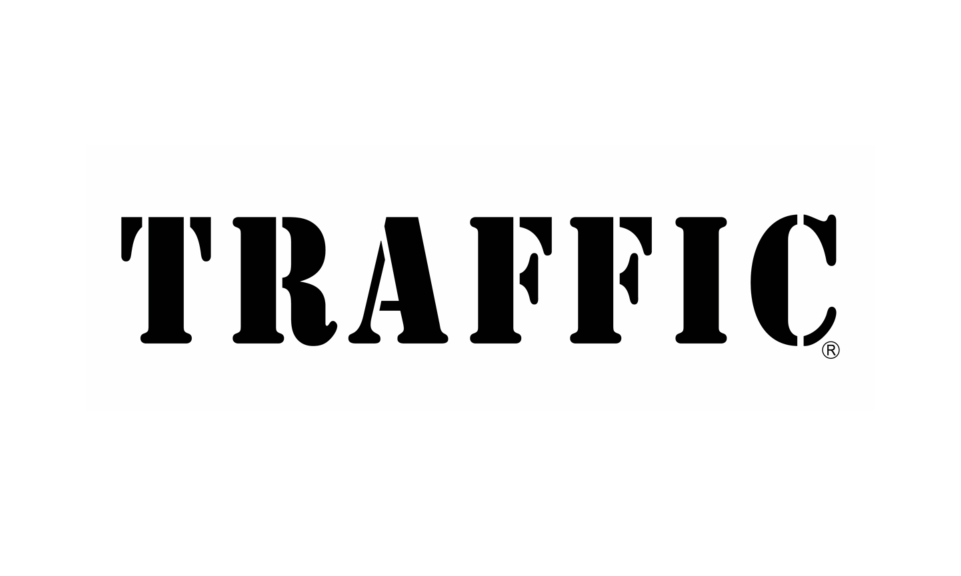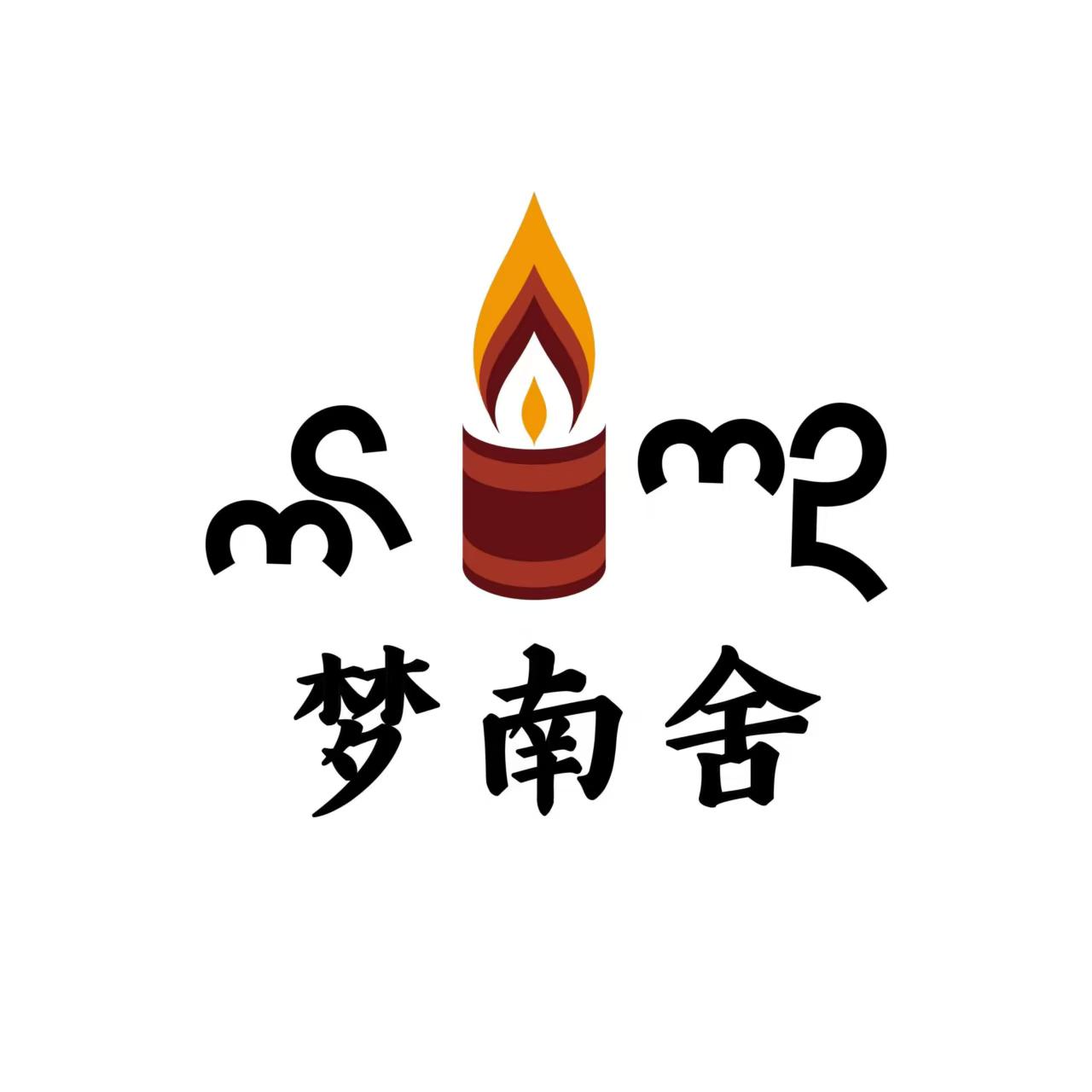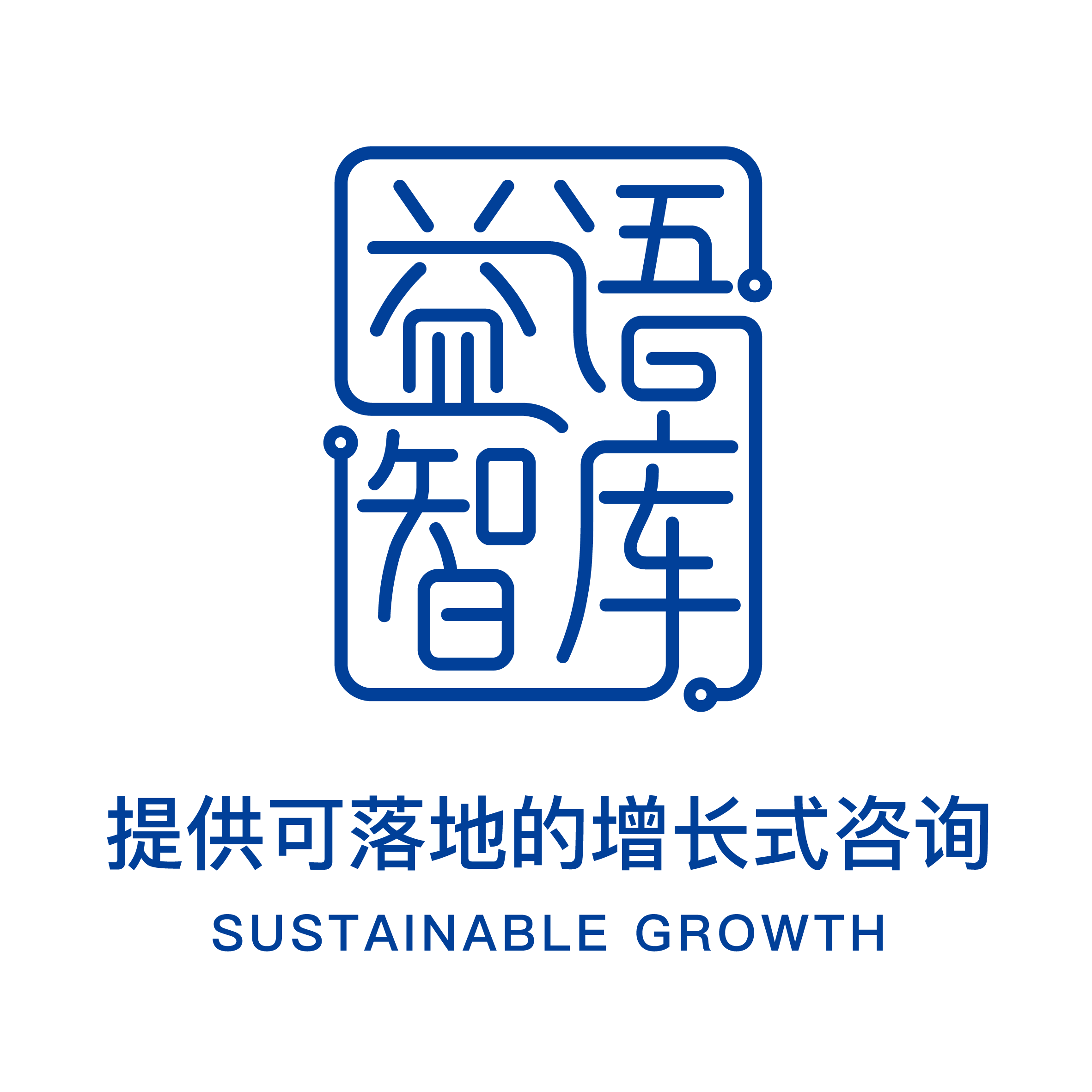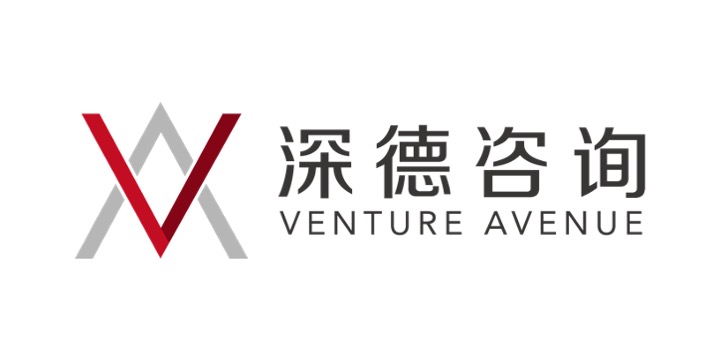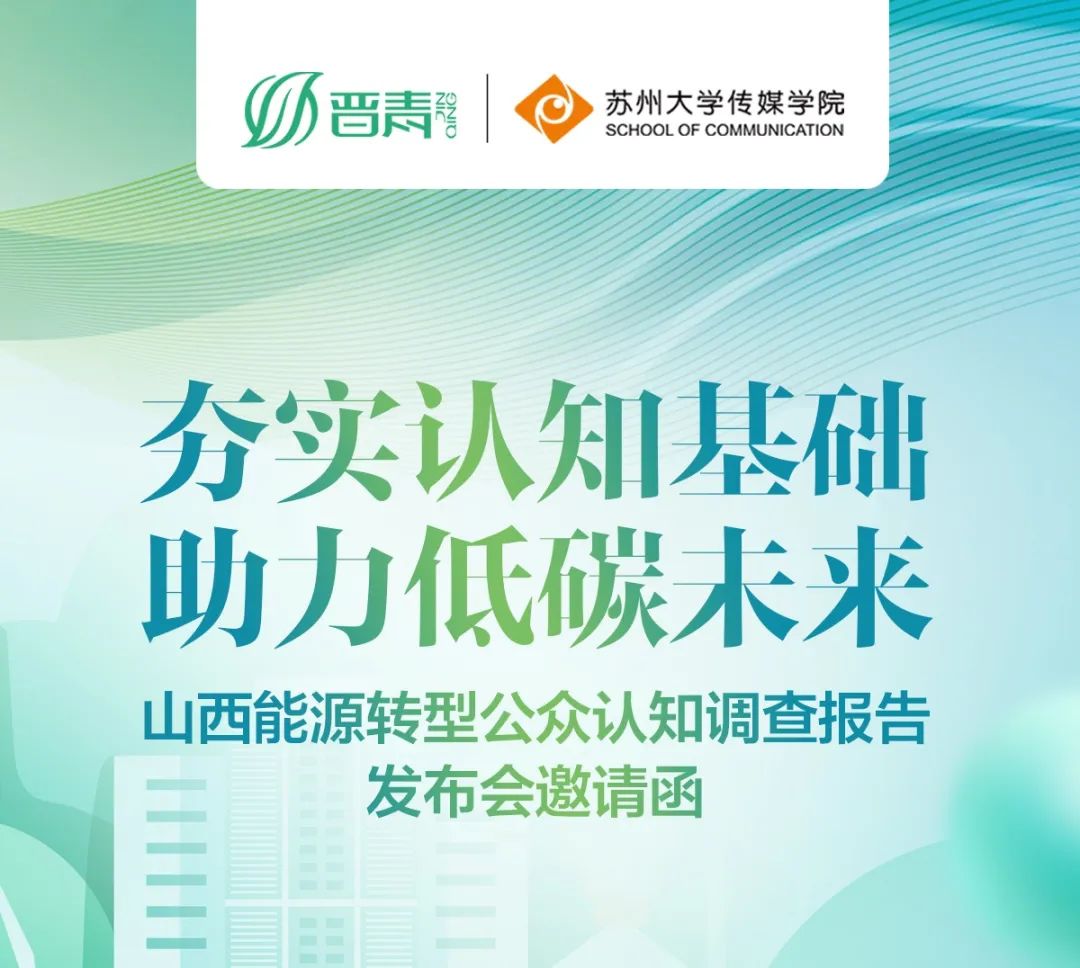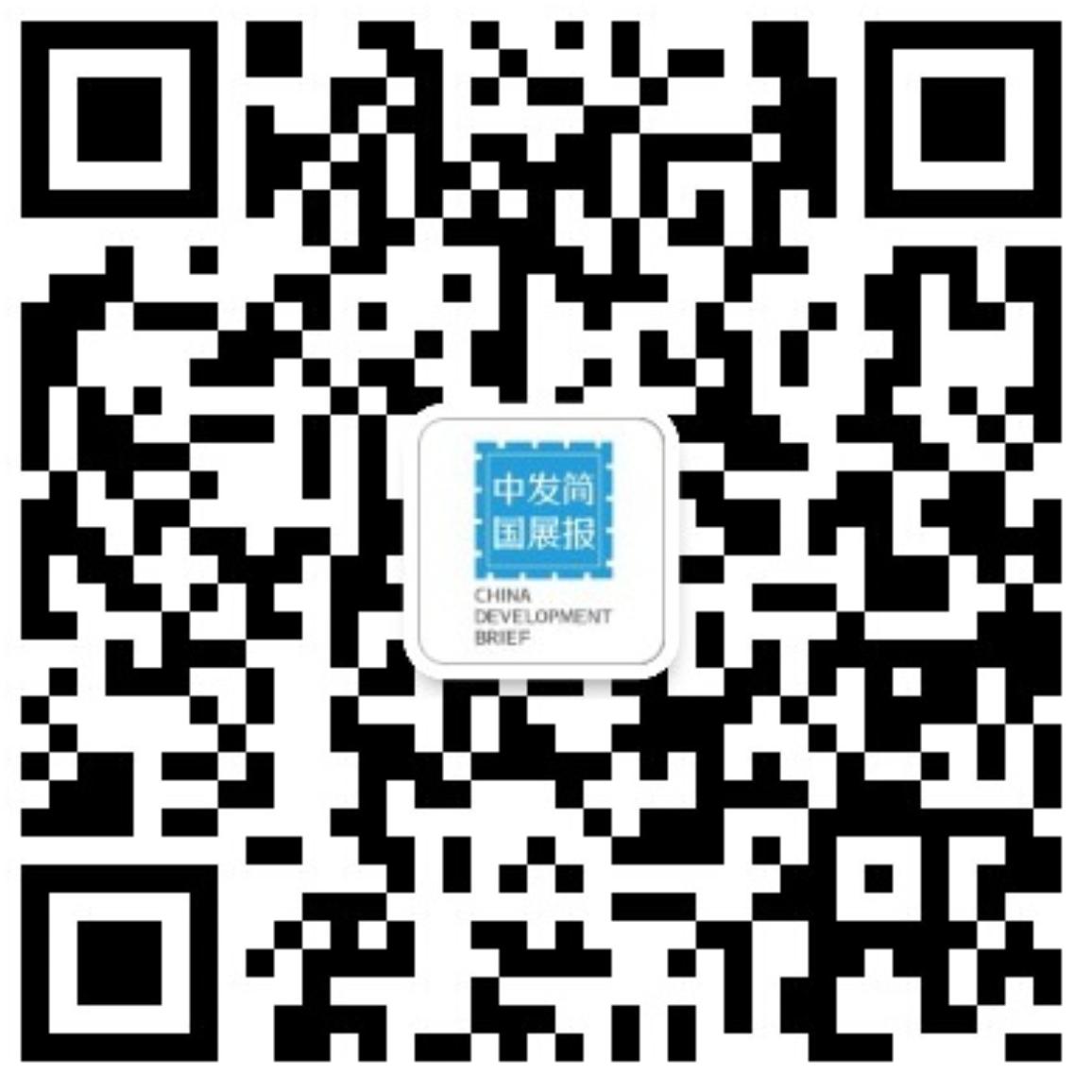 2016-07-14
2016-07-14
 271
271Background
Health Poverty Action (HPA) has been working in the Eastern areas of Myanmar since the mid-1980s, with a special focus on Myanmar’s ceasefire areas along the China border from 1994 until present. After 20 years of working here, HPA has extended its operations to nearly all the townships along the Myanmar border with China. These townships are either under the control of Non-State Armed Groups (NSAGs) or the Government of the Union of Myanmar (GoUM), with vast mixed controlled areas in the middle.
Decades of conflict and political isolation have destroyed social structures and caused severe chronic poverty in the region, and the authorities’ weak capacity to manage resources for health as well as low community awareness, deter the uptake of existing services. The education level of local populations is also low; an HPA survey in 2010 among this target population, for example, indicated that almost half of the women surveyed are illiterate. Low education restricts their access to health information – which in turn limits their knowledge of key health messages, negatively impacts on their behaviour and practices around health, and impedes their utilization of health services.
National statistics hide the true situation for marginalized, hard-to-reach ethnic minority communities in the Myanmar/China border areas, who do not identify themselves as Burmese and who face the following specific barriers: Low sexual and reproductive health (SRH) service usage: Ethnic minority groups rarely deliver their babies in health facilities; attend 4 ANC visits; or receive PNC. Poor links between health workers and traditional birth attendants (TBA) and Auxiliary Midwives (AMW) result in improvised referral systems and failure of TBAs and AMWs to detect high-risk pregnancies. Family planning (FP) is culturally sensitive in the context, resulting in low contraception rates that are also aggravated by supply problems. Low service usage is also a result of poor and culturally inappropriate SRH services and lack of trust owing to language, conflict and cultural barriers. Little community-led pressure exists to improve services due to lack of awareness of SRH rights including those related to HIV and FP; resulting from the lack of appropriate BCC strategies. Women in particular are not empowered to take part in SRH decisions either in the home or in the community particularly in patriarchal ethnic groups where women must seek male permission to access SRH services. These barriers to SRH and related rights especially affect victims of sexual and gender based violence (SGBV), in a society where rape is taboo and associated with shame for the victims. People living with HIV (PLHIV), drug users and sex workers are highly stigmatized and marginalised by local communities and service providers. Ethnic minorities lack rights awareness resulting in a lack of participation in design and monitoring of public health policy. Health commissions’ participation, user satisfaction and grievance mechanisms are weak or non-existent. Lack of disaggregated data hides ethnic minorities’ (EM) marginalization in terms of health outcomes and access. Poor MoH understanding of EM practices, demands and conflict sensitivities leads to ineffective measures to overcome those barriers.
Long term, strategic work to build capacity of equitable health systems is vital in making progress towards improved health care and peacebuilding. Following the principle of the Sustainable Development Goals (SDG) to “leave no one behind”, this must include special attention to vulnerable populations such as those in the ceasefire areas of Myanmar, if these groups are not to remain excluded from access to affordable, quality healthcare. Concurrently, it is vital to raise awareness in the community to create demand so as to increase the service utilization, and to empower the community to take the responsibility of monitoring and evaluation so as to improve the service quality. To allow the community voices to be heard by the decision makers is the prerequisite of establishing an efficient and effective health system.
Purpose of the Review
In December 2014, HPA supported an external assessment in Kachin Special Regions (SR) 1 and 2, Wa SR, and Shan SR4 in Myanmar, the process involved regional data collection; participatory discussions for 15 days with various stakeholders; and interviews/discussion in Kunming, across the border in China, and in Yangon with key stakeholders. This assessment found that cost; convenience of delivering at home; lack of awareness of risks; rainy season; and language and cultural differences stopped women from delivering with skilled birth attendants. Respondents indicated that barriers to child immunization could likely be due to the remoteness and challenges of outreach in the locations, and disruptive vaccine supply. To add to this information, HPA is planning a participatory research on perceptions (through FGD, interviews, etc) to assess and analyse barriers to ethnic minority and excluded groups’ SRHR and access to SGBV services, to explore possible solutions and design a behaviour change communication (BCC) strategy and practical tools to guide future programme implementation.
The scope of the assignment
A technical situational analysis that evaluates the perception on barriers regarding ethnic and marginalized groups’ SRHR in each ethnic, government controlled, and mixed controlled areas is required to develop potential and feasible solutions so as to increase service utilization. Such analysis should identify the contributors to community’s behaviours regarding low SRH and SGBV service utilization in ethnic, mixed and government controlled contexts.
Based on the outputs from the analysis, the consultant will furthermore present options and recommendations that should provide guidance in BCC strategy design to target behavior change in the community. The BCC strategy and practical tools for implementation should be designed by the consultant based on the findings from the research.
The consultant will:
Identify the community utilization of existing health systems regarding SRH and SGBV services, especially toward women and marginalised groups in poor or remote communities.
Evaluate the efficiency and effectiveness of existing health messages and channels and to identify the gap between service provision and service demand in the community so as to increase utilization of SRH services, with focus on vulnerable and marginalised groups
Identify community demands of SRHR and their perceptions on barriers to access appropriate SRH and SGBV services
Develop plans, strategies and practical tools (with options and recommendations, identifying the relative advantages/disadvantages of each) to promote behaviour changes in the community to increase service utilizations (BCC strategy).
Provide training to HPA staff on tailored BCC strategy including methodology, practical tools for implementation. Also, provide continuous technique support during the lifetime of the SRHR project.
Methodology of the Research
The research will make use of various methods including (but not limited to):
1) Literature review on the existing documents from the MoH and Local Authority Health Departments on SRH and SGBV service provision, including health provider training manuals, service provision guidelines etc., so as to gain a clear background picture of health provision.
2) Field visits for observation of health facilities and services.
3) Focus group discussions and interviews with health service users and community members, including women, men and youth
4) Interviews with key informants including local NGOs and CSOs, health officials, policy makers, donors, ethnic authority/government officials, local clinic managers/staff, TBAs/CHWs, private clinic outlets, etc.
The work must be conducted in a conflict sensitive way with full involvement of women and other vulnerable groups.
HPA staff members will participate in the review, and interpreters (where required) will be provided by HPA. Background information will be provided through coordination with local level government representatives.
HPA will form a team of experts that will review the progress on the report and provide comments and inputs at different stages.
Timing
The research will be carried out during August-September 2016.
A detailed inception report with work -plan and set of tools will be submitted to HPA for feedback after the literature review and a briefing with HPA staff.
The drafted final report will be submitted to HPA no later than 20 days after the field visits.
BCC strategy training for HPA will be conducted by the consultant after the field visits and once draft reports are completed. The timing for the training will be decided based on feedback of HPA on the first draft report. They training will be about 3 days.
The detailed itinerary will be finalised after the discussion between the consultant, HPA Myanmar field office staff and HPA’s East Asia office in Kunming.
All collected data will be integrated and analysed by the consultant.
The draft report will be circulated among all key stakeholders involved and their feedback will be used to correct factual errors and address requests for clarification. The researchers will then prepare the second draft of the report. Further work may be needed from the consultant if and remaining errors or clarification requests have not been fully addressed.
Products
A research report with BCC approaches – based on the overall strategy, review findings and local contexts. Each of the approaches should identify the following:
1. an audience analysis, including barriers identified;
2. message and communication channels analysis;
3. range of strategic options available;
4. advantages and disadvantages of each;
5. the option(s) recommended as the best approach, with rationale;
6. implementation approach with practical tools, and
7. an M&E framework which should include an audience surveillance strategy
8. The products should include case studies.
Logistics Arrangements
HPA East Asia Programme Office will have discussions with the selected consultant to develop and agree the itinerary.
Please note that visitors must be in compliance with Health Poverty Action’s Programme Participant Protection Policy; this will be made available to consultants.
Submission of Expressions of Interest
Interested candidates should write an expression of interest of no more than 10 pages outlining the proposed methodology for conducting this review, previous relevant experience, and with the CV(s) of up to 2 team members. This can include:
Technical
- Understanding and interpretation of the TORs
- Design of the review with clear methodology to be used
- Tools to be used
- Proposed date and activity schedule
Financial
- Consultant’s daily rate in US dollar or Chinese Yuan
- Other costs likely to be incurred during the work e.g. communication, accommodation, travel, and printing where necessary.
Capacity Statement
- Relevant experience related to the assignment
- Contacts of organizations previously worked for
- Curriculum vitae detailing relevant experience for the assignment in question
Availability dates
- Exact dates when you can commence work should your bid be successful
Contact Information
Please send the above to junwen.deng@healthpovertyaction.org.cn
by 28th July 2016
Evaluation and award of consultancy
Health Poverty Action will evaluate the proposals and award the assignment based on technical and financial feasibility to deliver the outputs including availability dates. Health Poverty Action reserves the right to accept or reject any proposal received without giving reasons and is not bound to accept the lowest or the highest bidder.
 表情
表情
 最热
最热













